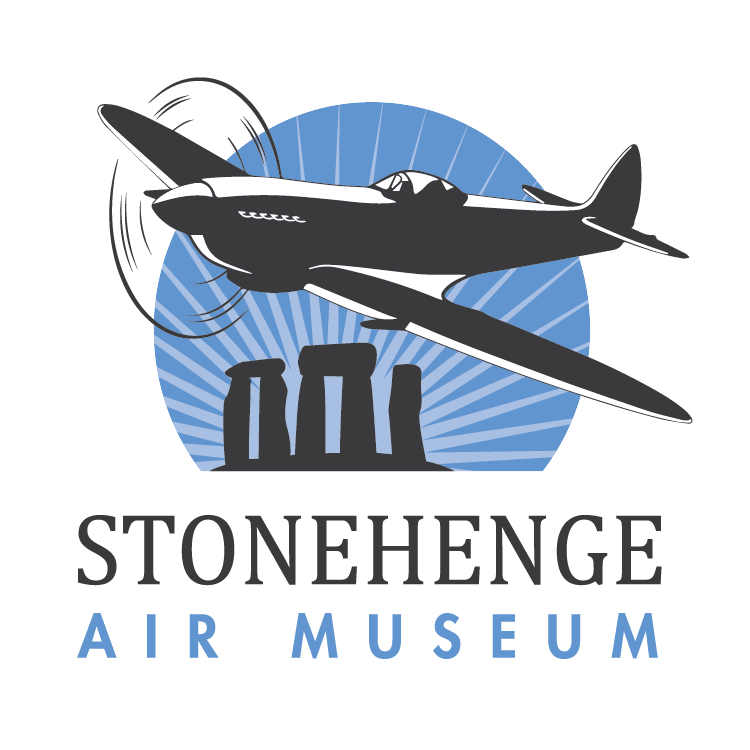1953 Beechcraft
T-34A “Mentor”
In May 1947, in response to an increasing number of accidents involving the USAF’s first production jet fighter, the P-80, Lockheed initiated the design of a two-seat trainer. Three months later, the Air Force authorized the modification of a P-80C airframe to serve as the prototype for the new trainer. To provide room for the instructor aft of the pilot, the fuselage fuel tank was reduced in size and the fuselage itself was lengthened by inserting a 26.6-inch plug forward of the wing and a 12-inch plug aft. To make up for the reduction in fuel in the fuselage tank, wing tip tanks were added: these eventually became standard. The new aircraft, the T-33, made its first flight in 1948. Production continued until 1959 with almost 7000 T-33s built in the U.S. by Lockkeed Corporation and many more built under license in Canada and Japan
The two-place T-33 jet was designed for training pilots already qualified to fly propeller-driven aircraft and became the most widely used jet trainer in the world. A design of Lockheed genius Clarence “Kelly” Johnson, the T-33 is one of the world’s best-known aircraft, having served with the air forces of more than 20 different nations over several decades. Despite its age, the T-33, nicknamed “T-Bird”, remains in service world-wide.
The USAF’s first and only jet trainer from 1948 until the advent of the Cessna T-37A in 1957, the T-33 has also served as an instrument trainer and utility aircraft as well as a test aircraft, drone director, target tow, and in some countries even as a combat aircraft.
The aircraft on display was delivered to the USAF in Oct, 1957 and assigned to the AF Special Weapons Center, Kirtland AFB, NM, with deployment to Bergstrom AFB, TX, and conversion to JT-33A. In Aug 1966 it was transferred to the 3245th Air Base Group at Hanscom AFB, MA, before being transferred to Lockheed Aircraft, Marietta, GA, a year later for a role in test support. In 1973 this aircraft was dropped from USAF inventory by transfer to another agency.
After being acquired by Jim Smith in 1987, this aircraft became one rare T-Bird indeed. The original Allison J-33 turbojet powerplant was replaced with a General Electric CF-700-2D turbofan. Both engines offered similar thrust at @4600 lbs but the newer G.E. engine offered it with a 2000 lb weight reduction aft. Consequently, hundreds of pounds of weight which had been added to the nose of the aircraft to keep it in trim (following the replacement of heavy radio equipment by much lighter components) could also be removed. This resulted is a light-weight T-Bird with greatly reduced take-off roll, better climb, higher speeds and more efficient cruise.


